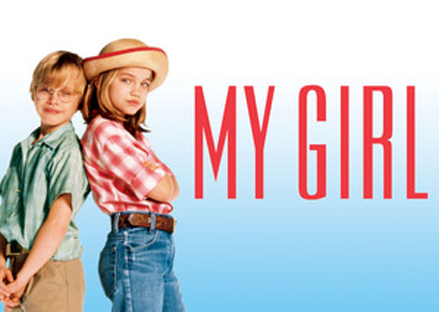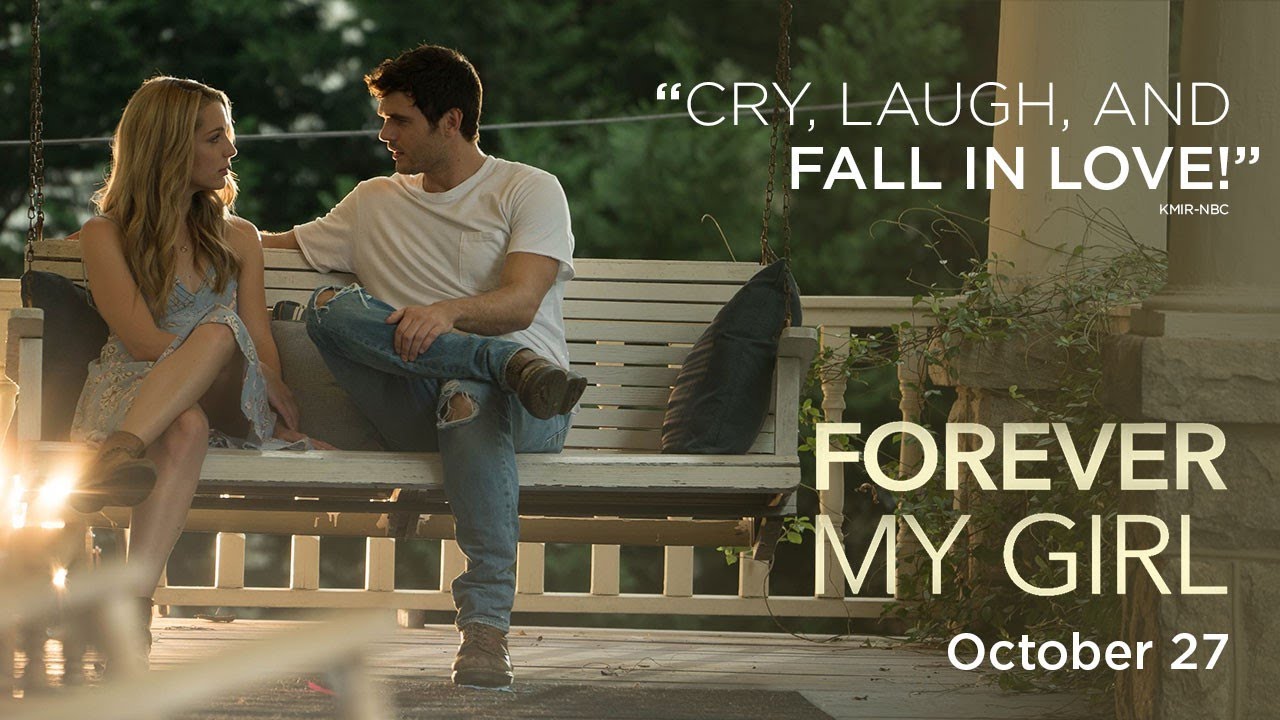

Is this the western democracy that 007 is fighting to preserve? If so, his mission appears fatally hobbled from the opening credits. Reading this on mobile? Click here to view trailer The reminder, though, only adds to the suspicion that it is and he is – and that we are basically adrift in a corroded parallel America in which Vegas plays Washington DC and the moon landings are mocked up on a neighbouring sound-stage. "This is not the real White House and he's not the president," cautions Bond at one stage. Much of the action, meantime, pivots around the invisible figure of Willard Whyte, a thinly-veiled Howard Hughes, gone to ground in the penthouse suite of the palatial "Whyte House" and apparently running business from a bank of phones while sitting on the toilet – much as Lyndon Johnson is reputed to have done. This is an upside-down, hall-of-mirrors landscape in which an elderly hoodlum is booked to perform a standup show at 6pm and where a pair of dubious gay killers skip hand-in-hand through the desert beyond town (I like to see this as 007's touching concession to the Stonewall era). The film comes into its own during its extended middle portion, played out amid the casinos, circuses and funeral parlours of Las Vegas. "But if we destroy Kansas, the world may not hear about it for years." "The satellite is at present over Kansas," he explains, eager to demonstrate the power of his outer-space warhead. Bond is on the trail of diamond smugglers and the trail leads him first to obligatory Bond girl Tiffany Case (Jill St John), who keeps changing her hair colour, and thence to the upper-crust Blofeld (Charles Gray), who plans to hold the planet to ransom and auction nuclear supremacy to the highest bidder. Photograph: Cine Text/Allstar/Sportsphoto Ltdįittingly, the plot seems to drift in and out, like ground-fog or the frequency of a long-distance radio broadcast. Jill St John as Tiffany Case in Diamonds Are Forever. Diamonds, by contrast, matches the star's tone and tempo quite beautifully.

The later Roger Moore missions (Octopussy, A View to a Kill) made the mistake of variously disguising or compensating for Bond's advancing decrepitude and wound up looking ludicrous. Legend has it that the very last scene Connery actually filmed was the one at the crematorium, in which Bond is knocked senseless, dropped inside a coffin and pushed towards the flames.īut the genius (intentional or otherwise) of Diamonds Are Forever is in the way it takes its lead from Connery's bruised, jaundiced performance. He's knackered, out of shape, halfway through the exit door. When Bond is not fighting for his life and banging his elbows inside a cramped Amsterdam elevator, he's being kicked to hell by a pair of self-regarding girl acrobats in the Nevada desert. He shuffles through the motions like some ageing heavyweight showboater, flirting with disaster, his toupee slipping. And yet Connery clearly does not want to be there. I think it may be my favourite.Ĭonnery thought he was out but the studio pulled him back in – offering a then-unheard sum of £1.25m (equivalent to £20m today) to re-engage the actor's services and thereby salvage a stuttering franchise. Diamonds is the Bond series' unlucky number seven: punch-drunk and paunchy, wanton and woozy.

Nor, for that matter, does it possess the playful snap and panache of the first three Roger Moore vehicles that followed. Sean Connery's last official outing as 007 lacks the radioactive virility of his first three assignments. Judged against the usual checklist of what makes a great James Bond movie, Diamonds Are Forever is not a great James Bond movie. Let's get the caveats out of the way first.


 0 kommentar(er)
0 kommentar(er)
